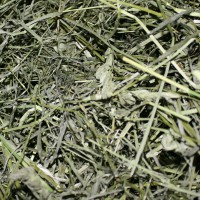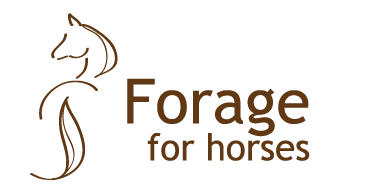Bacteria, fungus and mould in forage

Silage with a DM concentration below 35% is conserved by lactic acid producing bacteria that produces lactic acid with a subsequent decrease in pH. The lactic acid producing bacteria exist naturally on the plant and are good bacteria that we want to have a lot of (Table 1). The lactic acid and the lower pH value inhibit the growth of unwanted bacteria. The presence of water is required for microbial growth, the higher the DM concentration the more limited is the ensiling and lactic acid production. The lactic acid production starts to decline already at DM concentrations of 35-40%.
Long-stemmed forage in bales with DM concentrations below 40-45% can have limitations in the lactic acid production which can imply a higher risk for bad fermentation and growth of for example enterobacteria and clostridia. Therefore the use of silage additives is recommended for long-stemmed material below 45% DM to support the ensiling process. Presence of enterobacteria and clostridia in the forage can also be considered as an indication that there has been a contamination with soil, manure, cadaver or old litter. A high prevalence of these types of bacteria in the forage (Table 1) can result in reduced consumption, intestinal disorders and serious health hazard for horses.
At DM concentrations of 65-70% the lactic acid production stops and in wrapped forages with such high DM concentrations the risk of mould growth increases (Table 1), partly due to a larger portion of air pits and a higher risk for puncturing the plastic. Mould requires air to be able to grow. Moulds can form toxins, mycotoxins, which have a negative impact on horses. Effects of mould damaged forage can appear as anything from reduced performance to neurological disorders. Mouldy and dusty hay and straw are common causes of respiratory problems in horses.
Yeasts grow fast when there is oxygen and slow during anaerobic conditions. Yeast does not form toxins, but its activity can result in large nutrient losses, heating and can open up for subsequent mould growth. According to Swedish feeding recommendations a DM interval of 45-65% is recommended for wrapped forages for horses.
Sara Muhonen, AgrD
Landin J, Emanuelson M, Pauly T & Spörndly R. 2004. Hygienisk kvalitet i ensilage – kort faktasamling och en åtgärdsguide. Svenska Husdjur, Svensk Mjölk, SLU. (in Swedish)

